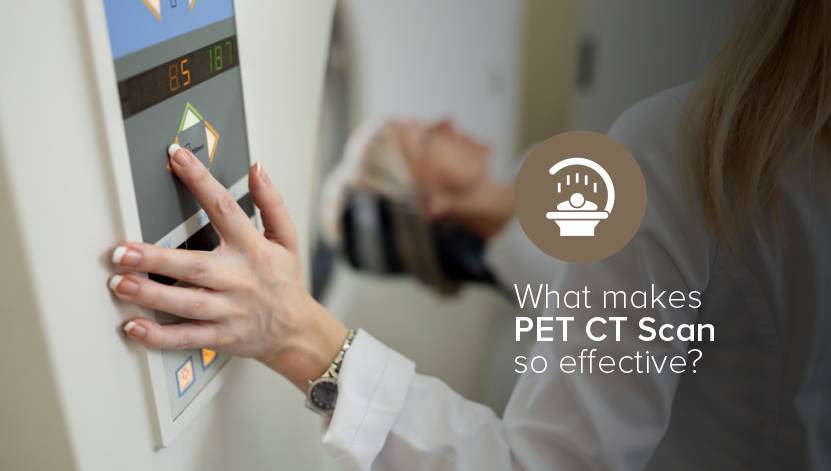When it comes to diagnosing and treating certain medical conditions, the accuracy of imaging tests plays a crucial role. One of the most advanced and effective imaging techniques used today is called a PET CT scan. PET CT, or positron emission tomography-computed tomography, combines two technologies in a single scan to provide a comprehensive view of the body's internal structures.
